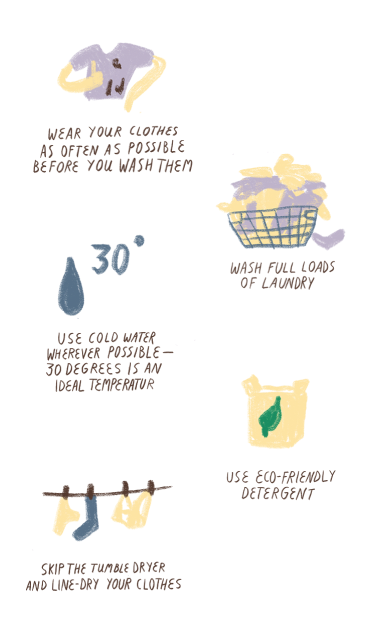Our Products


Designing durable and long-lasting products, partnering with European factories and choosing responsibly, ethically sourced and certified materials are how we minimize our environmental impact as much as possible.

Rib Flex 100% OC underwear
Underwear usually requires elastane for stretch and comfort. This means a lot of our underwear contains plastic, which derives from fossil fuels. So as an experiment, we introduced a new line of ribbed texture underwear and basics made with pure organic cotton. The classic, ribbed texture provides a natural alternative for stretch and support.

TerraToned Tees
Conventional dyes are typically made from fossil fuel-based raw materials. So we introduced a selection of new colors inspired by nature and colored by natural dyes made from natural, non-edible agricultural and herbal industrial waste that would otherwise go to landfill. Our new dyes are based on waste from rosemary, palmetto fruit, saw palmetto and beetroot production.
The impact of our best-sellers
On average, our products have an impact of 3.99 kg of CO2e per unit. Let’s have a look at the carbon emissions of some of our bestselling items, and where it’s all coming from.
Why do we still use elastane?
Elastane fibers are strong and versatile. They can be repeatedly stretched and it recoils to its original shape very easily. This prevents sagging and bagging in the garment. Moreover, it is more resistant to deterioration by body oils and perspiration. This is especially important for underwear and activewear, which naturally tend to be washed a lot. By using a small percentage of elastane, we allow durability, longevity and better performance with our garments.


Low-impact product care
The way a garment is treated and used after purchase is a hotspot for resource use and environmental impact. Some research shows that up to 50-80% of energy use can be attributed to the use phase of garments that are washed frequently. It’s also estimated that up to 70% of the carbon emissions in the life cycle of a cotton t-shirt occur after purchase. By optimizing garment care and use, you can highly influence a garment's environmental impact.
To care for your garments in a low-impact manner, we recommend to:






